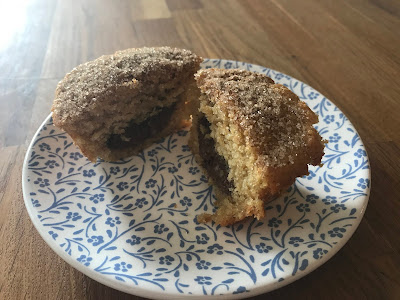The yield of this depends mostly on the size of your cookie cutter. You get two 8”-square pans of brownies any way you slice them, but my heart-shaped cookie cutter is about 2 inches wide, so it only fits in there comfortably 9 times per pan, whereas Deb Perelman’s measures 1 inch and she got 16 squares per pan. Do some math with yours. As for the chocolate, it is important that you use the good stuff here, especially for the white chocolate (by this I mean: REAL white chocolate, not white baking chips). I used Ghiradelli.
The recipe below is for ONE pan of brownies; you’ll have to make it twice, once with white chocolate and once with dark chocolate.
3 oz. (85 g.) semisweet or good white chocolate, coarsely chopped
1 stick (½ cup) lactose-free butter or margarine
¾ cup + 2 Tbsp. (175 g.) sugar
2 large eggs
1 tsp. vanilla
¼ tsp. table salt or ½ tsp. flaky salt (about 2 g.)
2/3 cup (83 g.) all-purpose flour
1 heart-shaped cookie cutter
Preheat oven to 350 °F. Line an 8-inch square baking pan with foil, with ends of foil extending over opposite sides of pan. Repeat with second piece of foil in opposite direction. Grease foil.
Melt white or dark chocolate and butter together in a large bowl over a simmering pot of water (or in the microwave in 30 second bursts, stirring between each) until it is 90% melted; remove from heat and stir the mixture until it is smooth. Whisk in sugar. Whisk in eggs, one at a time, then vanilla. Add flour and salt together, stirring until just combined. Spread into prepared pan and bake for 25 to 30 minutes (for the dark chocolate version) and 30 to 35 minutes (for the white chocolate version).
Repeat this recipe with the other kind of chocolate. I only have one 8-inch square pan, so I waited until the brownies cooled down, then I removed them from the pan (see next step) and made the second batch.
Once the brownies are cool enough to handle, lift them out of the pan using their foil “sling”, place them on a flat surface like a baking sheet, and freeze them for at least 30 minutes. (It is much easier to make cut-outs once the brownies are frozen!)
Once both batches are frozen, place them on a large cutting board. Cut each pan-size brownie into squares (2-inch squares if your cookie cutter is 1-inch; I cut them into 9 squares each instead). Making sure your brownies are still cold (pop them back in the freezer at any point if necessary), carefully, slowly, gently, press your cookie cutter into the center of each brownie and set the cut-out aside. Insert the dark cut-outs into the centers of the light brownies, and vice-versa. From here, you can let them warm up to room temperature or wrap them up in the freezer until you will need them.


























